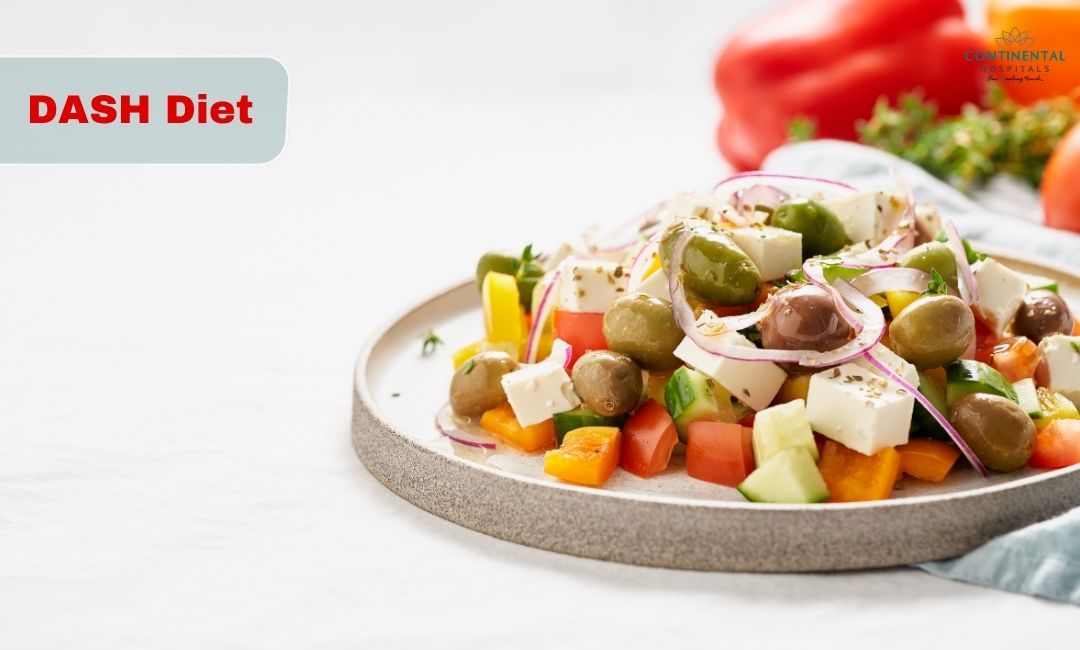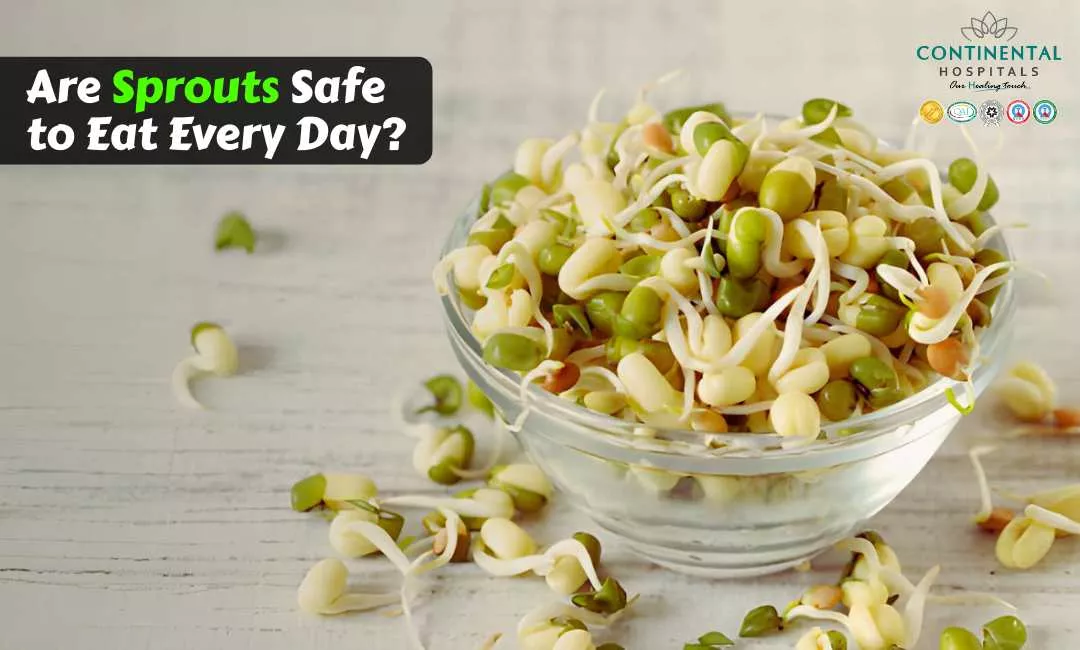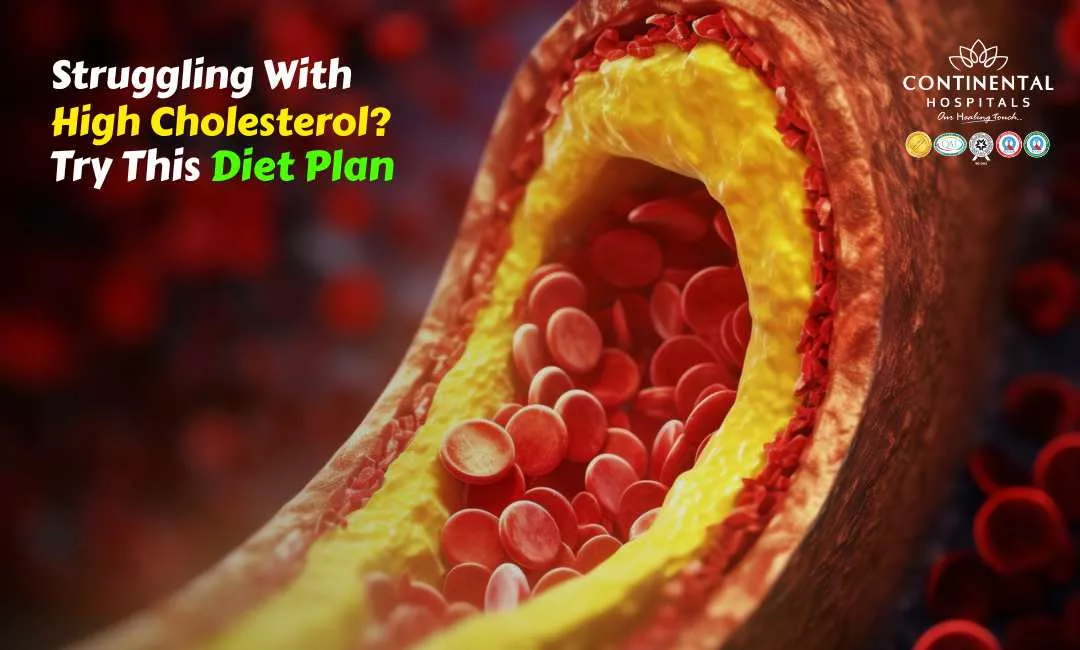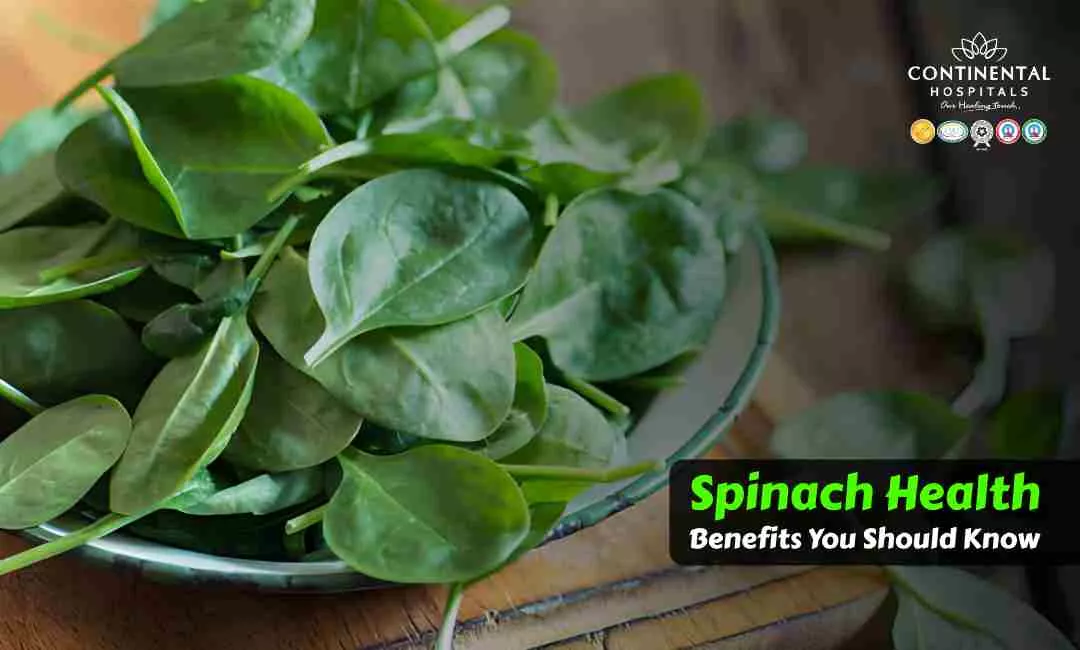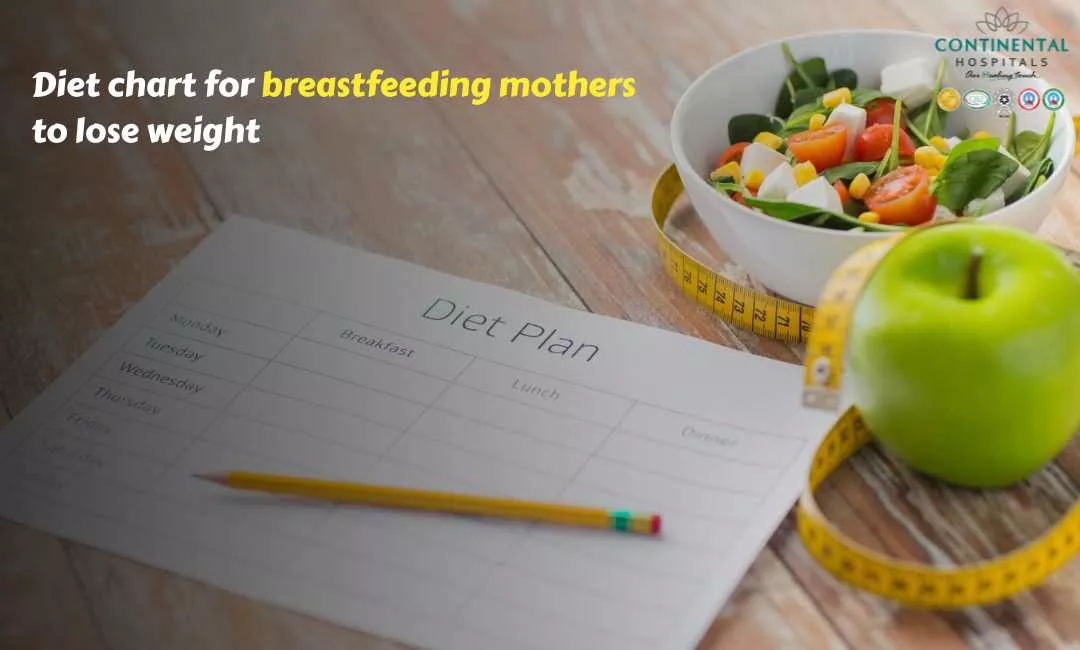In a world inundated with fad diets promising quick fixes, the DASH (Dietary Approaches to Stop Hypertension) diet stands out as a beacon of evidence-based nutrition. Developed to lower blood pressure, the DASH diet has garnered attention not only for its efficacy in managing hypertension but also for its potential to promote overall health and well-being. In this comprehensive guide, we'll delve into the principles, benefits, and practical applications of the DASH diet, exploring why it's not just a short-term solution but a sustainable lifestyle choice.
What's DASH Diet?
At its core, the DASH diet emphasizes consuming foods rich in nutrients like potassium, calcium, magnesium, and fiber while minimizing sodium intake. It emphasizes whole grains, fruits, vegetables, lean proteins, and dairy products, all of which are integral to maintaining a healthy cardiovascular system. By prioritizing these nutrient-dense foods, individuals can naturally lower their blood pressure and reduce the risk of cardiovascular diseases.
Key Components of the DASH Diet:
Fruits and Vegetables: Aim to consume a variety of fruits and vegetables, as they are rich in vitamins, minerals, and antioxidants. These can include berries, apples, oranges, bananas, spinach, kale, broccoli, carrots, and bell peppers.
Whole Grains: Opt for whole grains like brown rice, quinoa, oats, whole wheat bread, and whole grain pasta over refined grains. Whole grains provide more fiber and nutrients.
Lean Proteins: Include lean protein sources in your diet such as poultry (skinless), fish, beans, lentils, tofu, and nuts. These provide essential amino acids without excessive saturated fat.
Low-fat Dairy: Choose low-fat or fat-free dairy products such as milk, yogurt, and cheese. These are good sources of calcium and protein without the added saturated fat.
Nuts, Seeds, and Legumes: Incorporate nuts (like almonds, walnuts), seeds (such as flaxseeds, chia seeds), and legumes (beans, lentils) into your meals for healthy fats, protein, and fiber.
Limit Sodium: Reduce your sodium intake by avoiding processed foods, canned soups, salty snacks, and adding minimal salt during cooking. Instead, use herbs, spices, lemon juice, or vinegar to add flavor to your meals.
Limit Sweets and Sugary Beverages: Minimize the consumption of sugary drinks, desserts, and sweets. Opt for fresh fruits or small portions of naturally sweet treats if you crave something sweet.
Moderate Alcohol: If you choose to drink alcohol, do so in moderation. This typically means up to one drink per day for women and up to two drinks per day for men.
Watch Portion Sizes: Pay attention to portion sizes to avoid overeating, even of healthy foods. Use smaller plates and bowls to help control portion sizes.
Stay Hydrated: Drink plenty of water throughout the day to stay hydrated. Limit the intake of sugary beverages and opt for water, herbal tea, or sparkling water instead.
Before making any significant changes to your diet or lifestyle, it's crucial to consult with a dietitian.
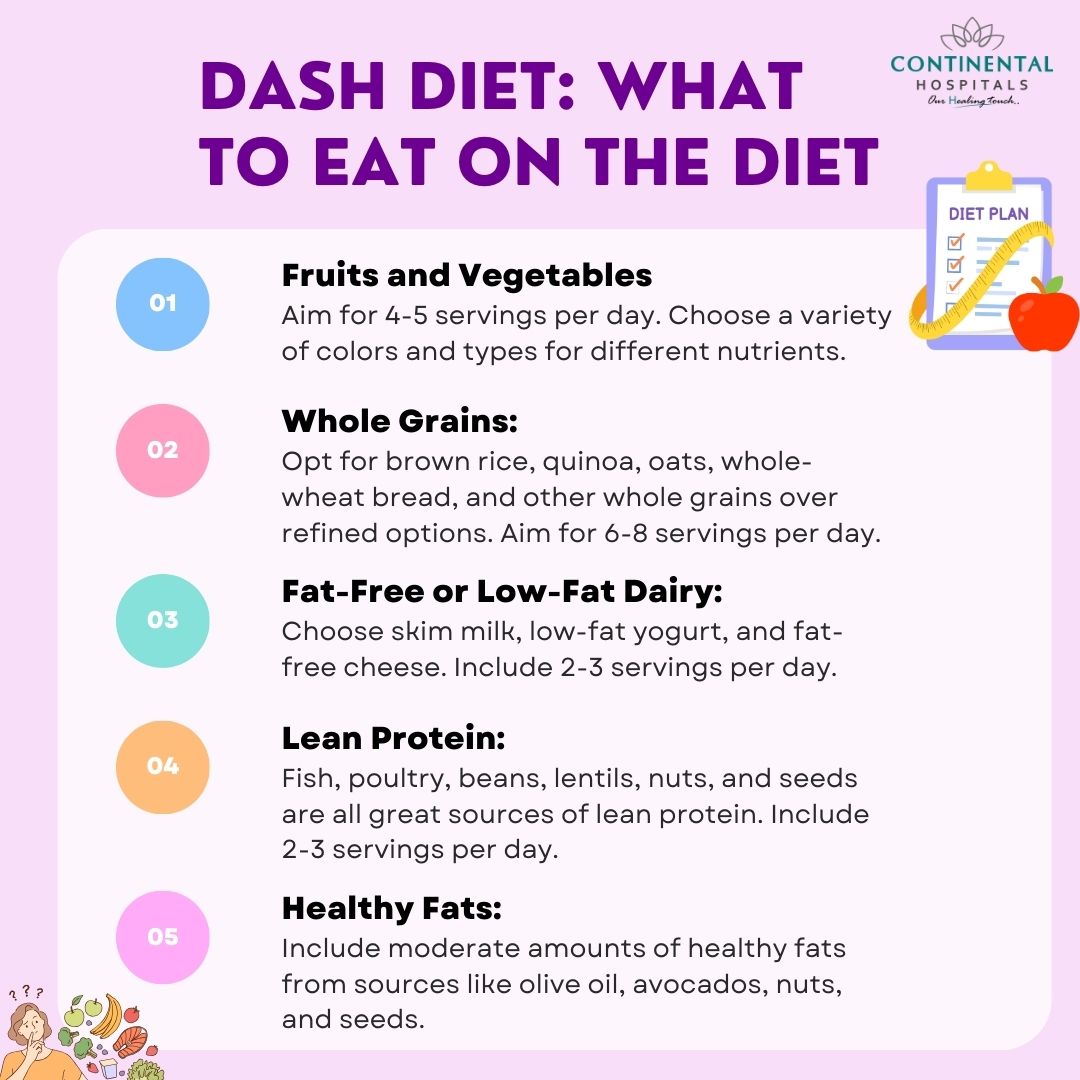
Benefits of the DASH Diet:
Blood Pressure Management: Numerous studies have shown that following the DASH diet can effectively lower blood pressure, making it an invaluable tool in preventing and managing hypertension.
Heart Health: By promoting a balanced intake of nutrients and reducing saturated fat and cholesterol, the DASH diet supports overall cardiovascular health, reducing the risk of heart disease and stroke.
Weight Management: The emphasis on whole, nutrient-dense foods in the DASH diet can aid in weight loss and weight management by promoting feelings of fullness and satisfaction while providing essential nutrients.
Diabetes Prevention: The DASH diet's focus on whole grains, fruits, and vegetables can help regulate blood sugar levels, making it beneficial for individuals at risk of or living with type 2 diabetes.
Improved Overall Health: Beyond its cardiovascular benefits, the DASH diet has been associated with a reduced risk of certain cancers, osteoporosis, and other chronic conditions, highlighting its role in promoting overall health and longevity.
DASH Diet: What to Eat on the Diet
Fruits (4-5 servings per day):
Choose a variety of colorful fruits throughout the day.
One serving equals:
A medium apple, orange, or banana
1/2 cup of chopped fruits or berries
1/4 cup of dried fruits
Enjoy fruits for breakfast, snacks, or as part of a dessert
Vegetables (4-5 servings per day):
Include a mix of dark leafy greens, other vegetables, and starchy vegetables.
One serving equals:
1 cup of raw leafy greens
1/2 cup of cooked vegetables
1/2 cup of starchy vegetables like potatoes, corn, or peas
Incorporate vegetables into all meals and snacks.
Whole Grains (7-8 servings per day):
Opt for whole-wheat bread, brown rice, quinoa, oats, and other whole grains over refined options.
One serving equals:
1 slice of whole-wheat bread
1/2 cup of cooked brown rice or quinoa
1/2 cup of oatmeal
Choose whole grains for breakfast, lunch, dinner, and snacks.
Lean Protein (2 or less servings per day):
Select lean meats, poultry, fish, beans, lentils, and tofu.
One serving equals:
3 ounces of cooked lean meat, poultry, or fish
1/2 cup of cooked beans or lentils
1/4 cup of tofu
Include lean protein in most meals, except for snacks.
Low-Fat or Fat-Free Dairy (2-3 servings per day):
Choose low-fat or fat-free milk, yogurt, and cheese.
One serving equals:
1 cup of milk or yogurt
1.5 ounces of cheese
Enjoy dairy for breakfast, snacks, or as part of meals.
Fats and Oils (2-3 servings per day):
Use healthy fats from sources like olive oil, nuts, seeds, and avocados.
One serving equals:
1 tablespoon of olive oil
1/4 cup of nuts or seeds
1/5 of an avocado
Use healthy fats for cooking, salad dressings, and snacks.
Meal Timing:
Breakfast: Oatmeal with berries and nuts, low-fat milk
Lunch: Whole-wheat pita bread with grilled chicken and vegetables, side salad with olive oil dressing
Dinner: Salmon with roasted vegetables and quinoa
Snacks: Fruits, vegetables with hummus, yogurt with fruit and granola
Additional Tips:
Hydration: Drink plenty of water throughout the day.
Limit Sodium: Avoid high-sodium processed foods and try seasoning meals with herbs and spices instead of salt.
Portion Control: Be mindful of portion sizes to maintain a healthy weight.
Regular Exercise: Alongside diet, regular physical activity is crucial for overall health and blood pressure management.
The DASH diet offers a scientifically backed approach to improving heart health and overall well-being through simple yet effective dietary modifications. By prioritizing nutrient-dense foods and minimizing sodium intake, individuals can reap a myriad of benefits, from lower blood pressure to reduced risk of chronic diseases. Whether you're looking to manage hypertension, lose weight, or simply adopt a healthier lifestyle, the DASH diet provides a sustainable blueprint for long-term success and vitality. Start incorporating DASH-friendly foods into your diet today and take the first step towards a healthier, happier you.
Before making any significant changes to your diet or lifestyle, it's crucial to consult with a dietitian.
Related Blog Articles:
1. Role of Vitamins and Minerals in Strengthening Your Immune System
2. Protein for Weight Loss: Food or Shakes for Effective Results
3. Balancing Macros: Protein, Carbs, and Fats in Your Diet
.webp)

